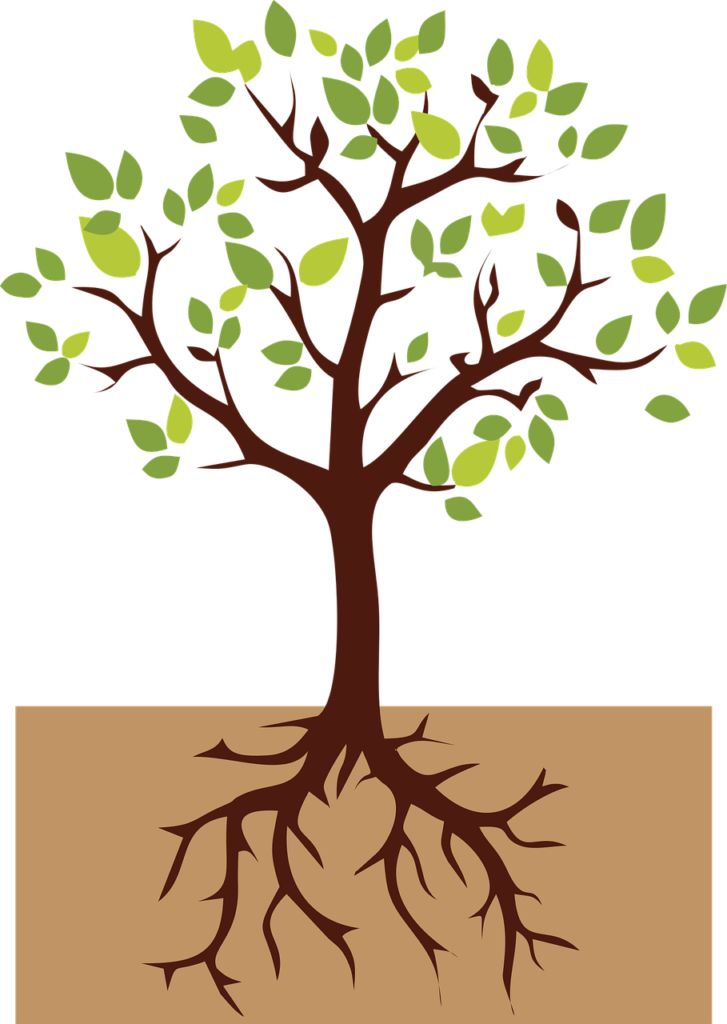The Tecirli Project stands as an ambitious genealogical research endeavor, meticulously unraveling the intricate tapestry of the Tecirli clan—a Turkoman tribe with roots tracing back to the Dulkadir dynasty in eastern Anatolia. What began as a modest family tree project in 1990 burgeoned into a comprehensive exploration of ancestry and history, spearheaded by a curious 12-year-old named Ali B. Taciroglu.
Ali’s journey commenced with a vivid dream where he encountered an elderly man claiming to be his protector and ancestor. This dream ignited a curiosity about his family’s past that would shape the trajectory of the Tecirli Project. Determined to unearth the connection between the man in his dream and his lineage, Ali sought answers from his father. Learning the art of creating a family tree and recording familial information on paper, Ali initiated his quest, crafting an initial family tree that encompassed 30 individuals, all through thoughtful inquiries directed at his father.
Little did Ali realize that this modest endeavor marked the inception of a transformative odyssey. His insatiable curiosity and dedication fueled the Tecirli Project’s evolution into an expansive initiative, connecting more than 10000+ individuals to the Tecirli clan. The integration of advanced DNA testing and meticulous examination of historical records broadened the scope of Ali’s discoveries, delving into the intricate threads that wove the clan’s intricate history.
In a bid to share and collaborate on these findings, Ali established a virtual presence for the Tecirli Project. Through the creation of a dedicated website and a group on FamilyTreeDNA, he extended an open invitation to individuals intrigued by the Tecirli clan. This collaborative platform became a nexus for like-minded individuals, fostering a community driven by shared interest and a collective commitment to uncovering the rich tapestry of the Tecirli clan’s heritage. Ali’s journey, sparked by a childhood dream, unfolded into a groundbreaking exploration that transcended familial curiosity, becoming a shared endeavor for all those captivated by the allure of their common ancestry.


While immersed in the initial stages of his family tree project, Ali B. Taciroglu encountered a frustrating impasse. His genealogical pursuits reached a roadblock as he struggled to trace his lineage beyond his 2nd great-grandfather, a figure who emerged from the annals of the 19th century. The great-grandfather, named Ali, and the 2nd great-grandfather, Mehmet, shared names that were ubiquitous in Turkey, contributing to the complexity of Ali’s quest.
Adding to the challenge, Mehmet lacked a surname, a consequence of the fact that surnames were not obligatory in Turkey until the enforcement of the Surname Law in 1934. Prior to this legislation, individuals in Turkey utilized an array of descriptive names for identification. These names encompassed a broad spectrum, ranging from personal characteristics and occupations to places of origin, family relations, patronymics, adoptions, or clan memberships.
The absence of surnames rendered genealogical research particularly intricate, and descriptive names served as vital markers of identity in a pre-Surname Law era. Some of these designations evolved into fixed clan names, shaping the foundation for the family names familiar today. Ali’s investigation into his family’s roots thus confronted not only the challenge of common names but also the historical nuances of nomenclature in Turkey, unraveling the intricate layers that encapsulate the identity of his ancestors.


Within the familial sphere, Mehmet bore the moniker Tecirli Mehmet Efendi, a designation that, while endearing, lacked the distinctiveness crucial for genealogical pursuits. The name Tecirli carried a certain ambiguity, its meaning contingent upon the context and the nuances of pronunciation. On one hand, it could be an association with the Tecirli Aşireti, a Turkoman tribe residing in eastern Anatolia, marking the clan to which Mehmet belonged. Alternatively, the name might be a phonetic variant, mirroring the word “Tacir’in,” which translates to “Merchant” in Turkish, and could be linked to their profession.
The multifaceted nature of Tecirli’s name underscored the complexity inherent in unraveling family history and constructing a comprehensive family tree. The dual interpretations, one tied to clan affiliation and the other to occupational identity, further emphasized the intricate layers of identity woven into the fabric of Mehmet’s nomenclature.
As Ali delved into the depths of his family’s past, the enigma surrounding Tecirli Mehmet Efendi’s name served as a testament to the intricate nature of their heritage. The potential confluence of clan ties and professional associations highlighted the challenge Ali faced in his quest for familial clarity, underscoring that the intricacies of genealogical exploration often transcend straightforward narratives.
Why is the project called “Tecirli Project?”
In the genesis of his genealogical journey, Ali crafted his inaugural family tree, meticulously documenting 30 individuals who comprised the lineage of the Taciroglu family. Revered across Turkey, the Taciroglu family boasts an illustrious history steeped in prestige. For a century, they navigated the realms of nomadic trade, traversing diverse regions and engaging in the exchange of varied goods. The very surname, Taciroglu, translates to “Son of Merchants” in Turkish, a succinct reflection of their vocation and heritage.
The pride Ali felt in belonging to such a distinguished and prosperous lineage was undeniable. Yet, as his exploration unfolded, he came to grasp the intricate and multifaceted nature of family history. The Taciroglu family, far from being a singular entity, emerged as a network intricately interwoven through the ties of marriage. Recognizing that each marital union wove together two individuals from distinct families, each with their own set of values and cultural backgrounds, Ali discerned the creation of a new family with its unique identity and legacy.
The unfolding tapestry of his research revealed a myriad of family names interconnected with his own. It became apparent that labeling his project as the “Taciroglu Family Research” was a limitation. The scope of his undertaking far surpassed the confines of a single family, expanding into an extensive exploration of the histories and genealogies of numerous families connected to the Tecirli clan. Rooted in the legacy of the Turkoman tribe originating from the Dulkadir dynasty, Ali’s project evolved into a comprehensive endeavor that transcended the boundaries of a singular lineage, weaving together the intricate narratives of diverse families linked by the common thread of the Tecirli heritage.
The inception of this project was sparked by the intriguing name Tecirli, a catalyst for curiosity that propelled the endeavor into the realms of ancestral exploration. Despite the enigmatic allure of Tecirli, its origin and meaning remained elusive, casting a veil of mystery over the name. Interestingly, none of the project members bore Tecirli as their surname; however, a significant majority shared a profound connection to the Tecirli clan—an esteemed Turkoman tribe hailing from the expanses of eastern Anatolia—or to the geographical region that served as the clan’s historical abode.
As the project unfolded, it transformed into a sweeping odyssey, diligently tracing the intricate threads of ancestry and history woven into the expansive family tree of the Tecirli clan. The collaborative efforts of project members coalesced to illuminate the paths of over 10,000 individuals, each intricately linked to the Tecirli heritage. Unearthing the stories embedded within this extensive family tree became a testament to the shared legacy that transcended surnames, binding together a diverse array of individuals under the banner of the Tecirli clan.




